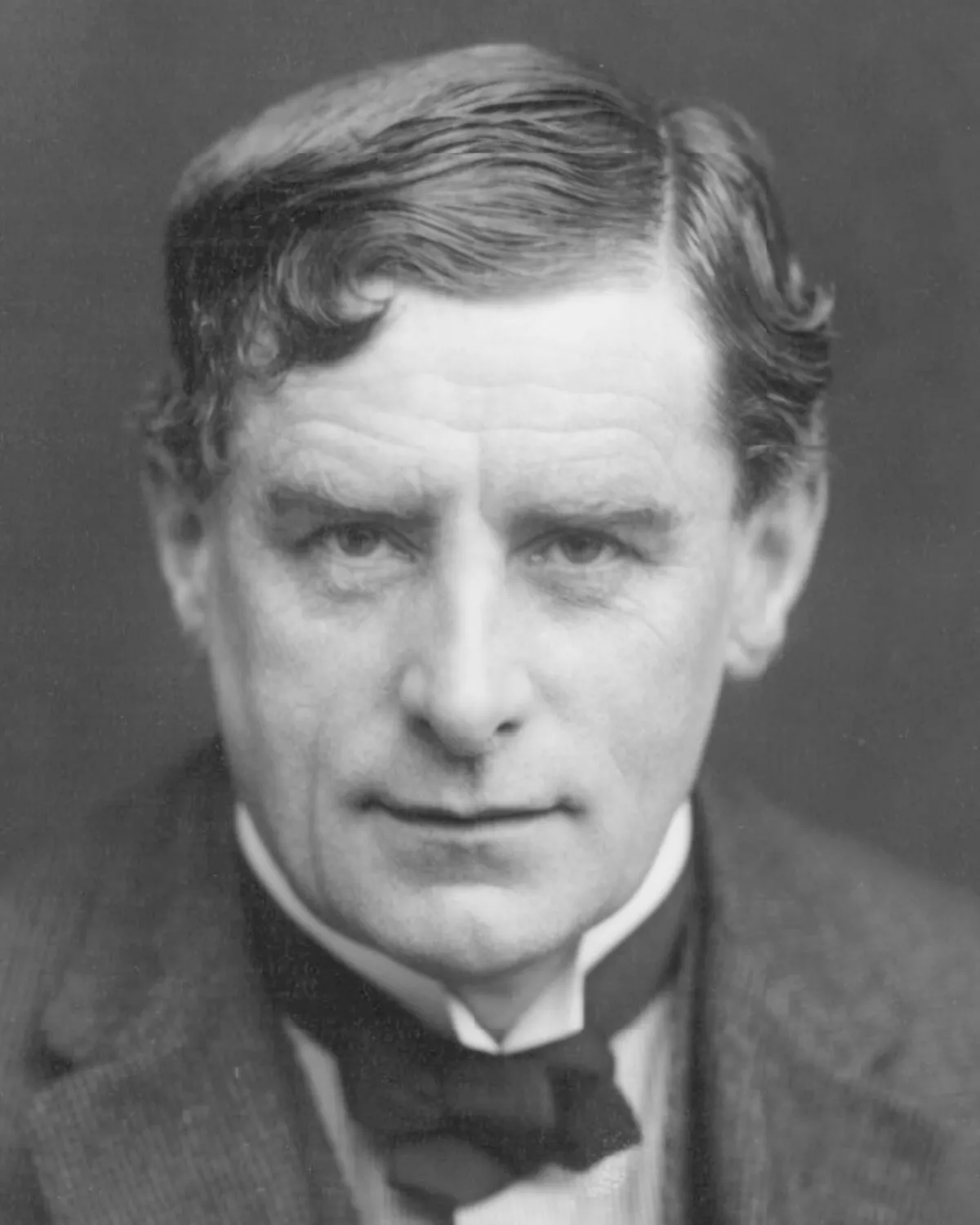 1.
1. Walter Richard Sickert was a German-born British painter and printmaker who was a member of the Camden Town Group of Post-Impressionist artists in early 20th-century London.

 1.
1. Walter Richard Sickert was a German-born British painter and printmaker who was a member of the Camden Town Group of Post-Impressionist artists in early 20th-century London.
Walter Sickert was an important influence on distinctively British styles of avant-garde art in the mid and late 20th century.
Walter Sickert's work includes portraits of well-known personalities and images derived from press photographs.
Walter Sickert is considered a prominent figure in the transition from Impressionism to Modernism.
Decades after his death, several authors and researchers theorised that Walter Sickert might have been the London-based serial killer Jack the Ripper, but the claim has largely been dismissed.
Walter Sickert was born in Munich, Kingdom of Bavaria, on 31 May 1860, the eldest son of Oswald Walter Sickert, a Danish artist, and his English wife, Eleanor Louisa Henry, who was the illegitimate daughter of the astronomer Richard Sheepshanks.
The young Walter Sickert was sent to University College School from 1870 to 1871, before transferring to King's College School, where he studied until the age of 18.
In 1888 Walter Sickert joined the New English Art Club, a group of French-influenced realist artists.
Walter Sickert's rendering was denounced as ugly and vulgar, and his choice of subject matter was deplored as too tawdry for art, as female performers were popularly viewed as morally akin to prostitutes.
The models for many of the Venetian paintings are believed to have been prostitutes, whom Walter Sickert might have known through being a client.
Walter Sickert founded a private art school, Rowlandson House, in the Hampstead Road in 1910.
Walter Sickert briefly set up an art school in Manchester where his students included Harry Rutherford.
Walter Sickert, separating these illustrations from their original context and painting them in poster-like colours so that the narrative and spatial intelligibility partly dissolved, called the resulting works his "English Echoes".
Walter Sickert painted an informal portrait of Winston Churchill in about 1927.
Churchill's wife Clementine introduced him to Walter Sickert, who had been a friend of her family.
Walter Sickert tutored and mentored students of the East London Group, and exhibited alongside them at The Lefevre Gallery in November 1929.
Walter Sickert was President of the Royal Society of British Artists from 1928 to 1930.
Walter Sickert became a Royal Academician in March 1934 but resigned from the Academy on 9 May 1935 in protest against the president's refusal to support the preservation of Jacob Epstein's sculptural reliefs on the British Medical Association building in the Strand.
Walter Sickert married three times: to Ellen Melicent Cobden, a daughter of Richard Cobden from 1885 until their divorce in 1899; to Christine Angus from 1911 until her death in 1920; and to the painter Therese Lessore from 1926 until his death.
Walter Sickert's sister was Helena Swanwick, a feminist and pacifist active in the women's suffrage movement.
Walter Sickert's younger brother, Bernard Sickert, was a professional artist.
Walter Sickert died in Bath, Somerset in 1942, at the age of 81.
Walter Sickert had spent much time in the city in his later years, and many of his paintings depict Bath's varied street scenes.
Walter Sickert is buried in the churchyard of the Church of St Nicholas, Bathampton.
Walter Sickert subsequently adopted a more deliberate procedure of painting pictures in multiple stages, and "attached a great deal of importance to what he called the 'cooking' side of painting".
Walter Sickert preferred to paint not from nature but from drawings or, after the mid-1920s, from photographs or from popular prints by Victorian illustrators.
Walter Sickert experimented tirelessly with the details of his method, always with the goal, according to his biographer Wendy Baron, of "paint[ing] quickly, in about two sittings, with the maximum economy and minimum of fuss".
Walter Sickert is identified particularly with domestic interior scenes, scenes of Venice, music hall and theatre scenes, and portraits.
Walter Sickert often professed his distaste for what he termed the "beastly" character of thickly textured paint.
Walter Sickert insisted on the importance of subject matter in art, saying that "all the greater draughtsmen tell a story", but treated his subjects in a detached manner.
Max Kozloff wrote: "How not to say too much seems to have become a matter of utmost laborious concern for Walter Sickert", as evidenced by his paintings' studied lack of finish and "neurasthenic sobriety" of color.
Walter Sickert took a keen interest in the crimes of Jack the Ripper and believed he had lodged in a room used by the notorious serial killer.
Walter Sickert had been told this by his landlady, who suspected a previous lodger who stayed there in 1881.
Walter Sickert is not considered a serious suspect by most who study the case, and strong evidence shows he spent most of 1888 outside the UK, and was in France at the time of most of the Ripper murders.
Whatever Walter Sickert was, he was the only British artist of his time who can be as powerful as Munch, Van Gogh or Otto Dix.